How to design for the experience economy
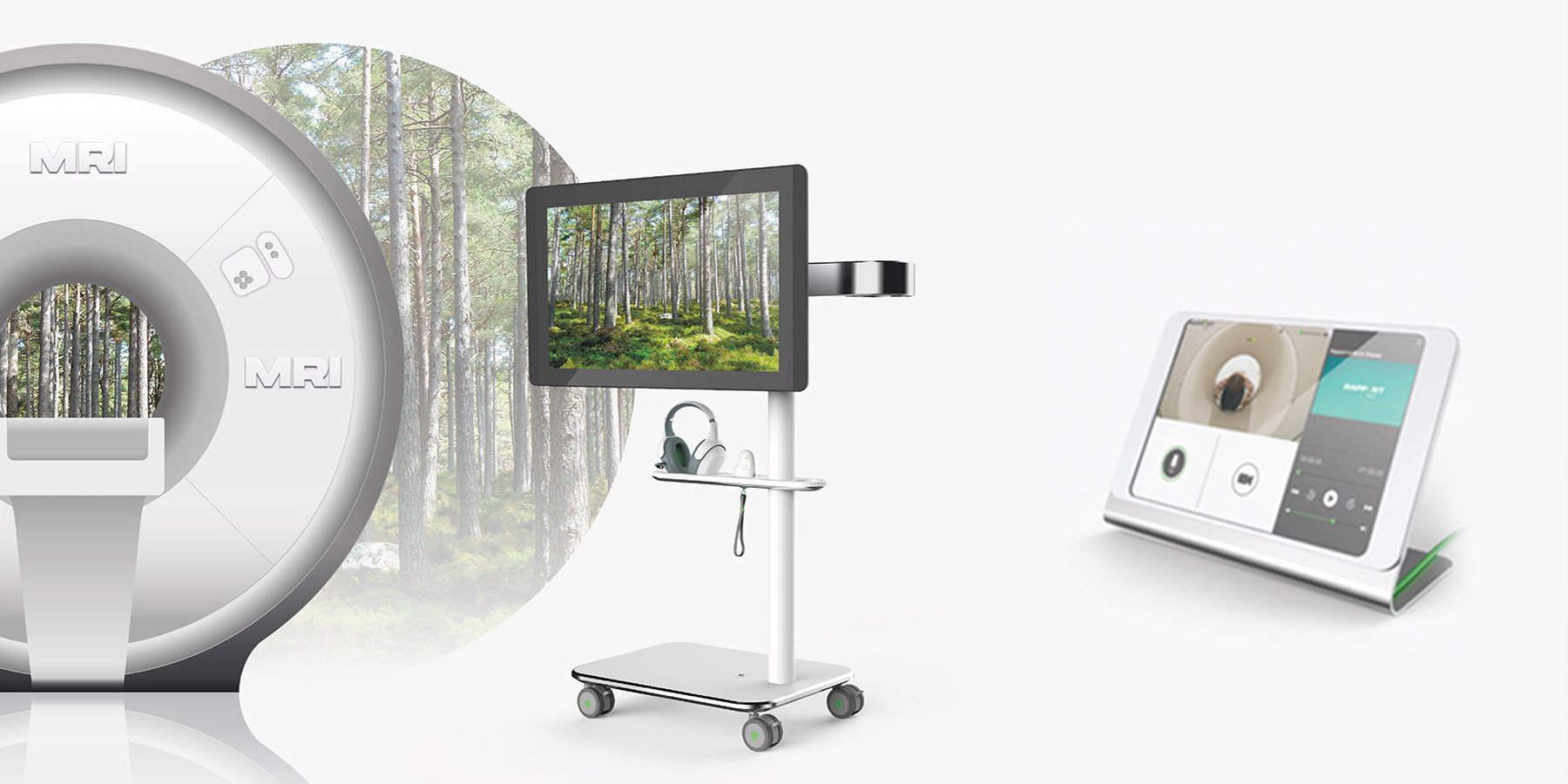
McKinsey has seen spending on experiences grow four times faster than spending on goods; and two years after Airbnb launched their experience feature, it is now growing ten times faster than the company’s core business of home rental.
The psychology behind this shift in behaviour indicates that sharing an experience with friends leads to a hedonic rush, linked to a deeper sense of well-being and greater feelings of happiness than that of buying new products. Recent research from Cornell University shows that our levels of happiness drop quickly after purchasing a tangible object, while our sense of well-being following an experience goes up and stays up for longer.
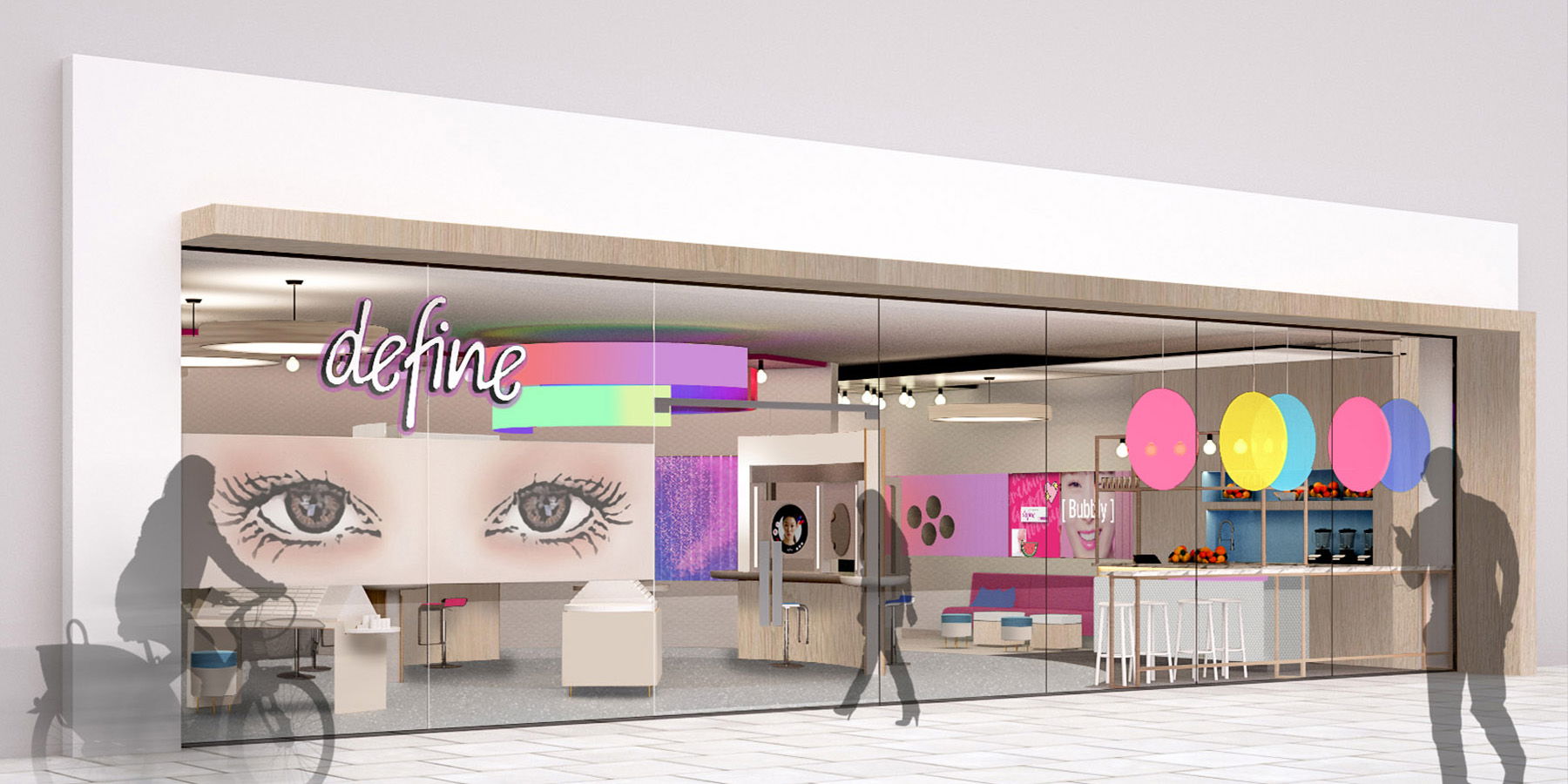
For Johnson & Johnson, tangerine created design concepts to reinvent the in-store retail experience for the Acuvue Define brand in Asia, shifting the customer experience to be more youthful and lifestyle focused.
As designers of tangible goods and services, how do we adapt and take onboard this change in consumer behaviour? Changing the mindset of consumers is nothing new to tangerine. At the turn of the century, time-shift TV had yet to hit the general public, most of us were still struggling to work the video recording machines in our living rooms. Bringing VCR and time-shift technology together presented a unique design challenge
for tangerine after the inventor, Pace Micro Technology, had created a box that housed the wizardry. It was clear to tangerine that designing form to follow around the function wasn’t going to sufficiently explain the intelligence behind the new technology. tangerine had to create a totally new experience that was emotionally intelligent enough to communicate in ‘one-hit’ what a ‘set- top box’ did.
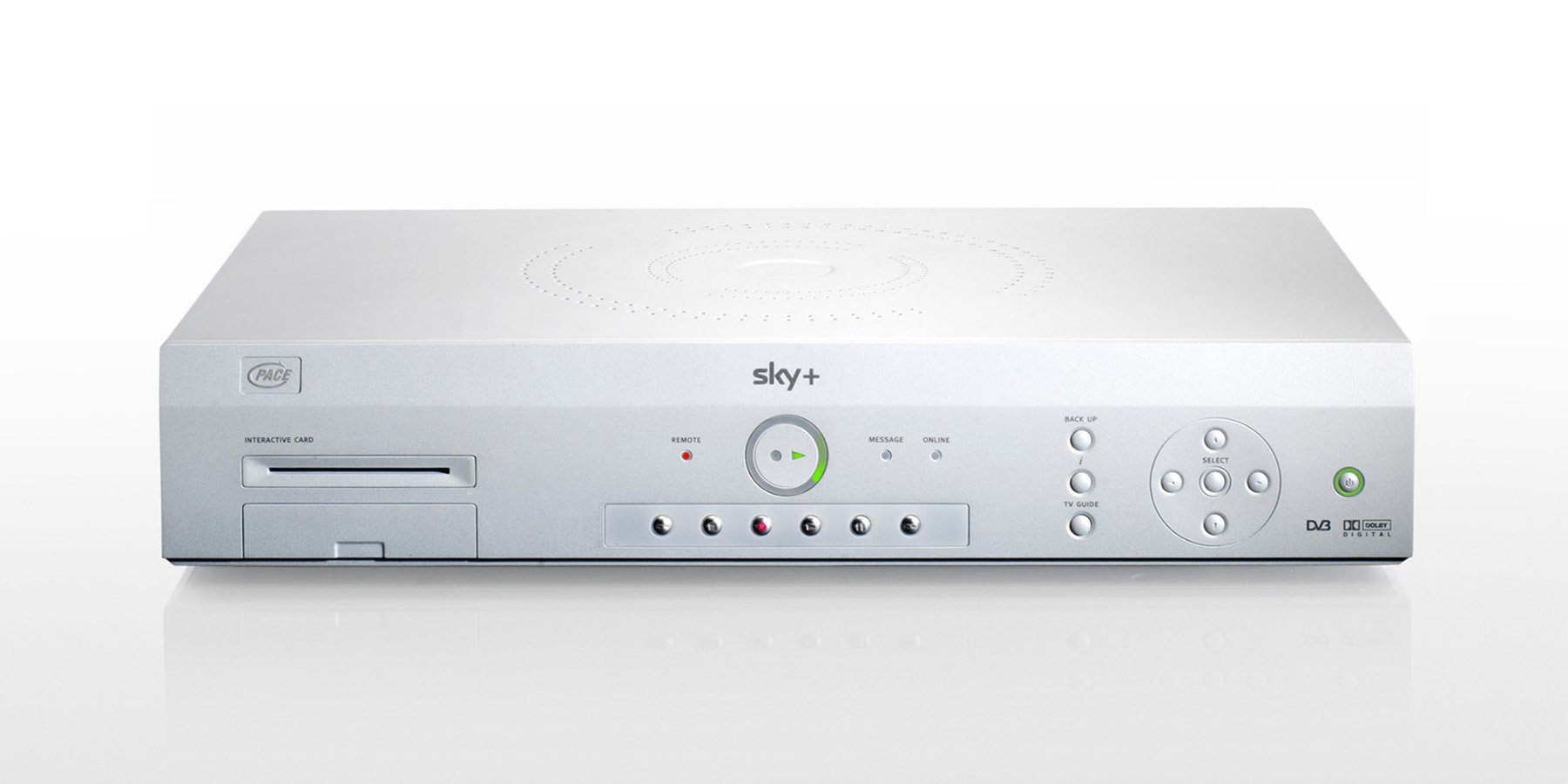
tangerine designed the World’s first time-shift TV set-top box for BskyB. The spinning LEDs, created to communicate the benefits of the user experience, are now a hallmark of the Sky+ brand.
Designing a little ring of LEDs was an ingenious way to let users know that their set-top box was both recording their programme as well as giving them live TV that could pause, rewind and start again. The user interface design was so effective in its communication that the expected 9% churn on all units sold, resulted in only 9 units being returned in the first three months in total. BskyB had bought the technology part-way through the design phase and this LED display has since become synonymous with the SKY+ brand.
As designers, we look to find ways to enhance the customer experience and create economic value for our clients. Whether it is the tangible or intangible elements of an experience, we use insight and knowledge gained from creating innovation across a variety of industry sectors to pull together different design disciplines to create the right solution.
Bluebell, a start-up with the mission of ‘Parenting, made simpler’ partnered with tangerine to create the brand concept and a smart monitoring system for parents and babies. A family of products including wearables and a smart hub provide peace of mind monitoring that helps parents to stay connected with their babies. At the heart of Bluebell is the ability for parents and carers to customise their experience to suit their needs and parenting lifestyle. The challenge for tangerine was harnessing the aspirations of the start-up to shape the direction of the fledgeling brand to create a customer experience that communicates the core values: simple, friendly and informative, across all of the physical and digital touchpoints. Bluebell will launch with John Lewis in 2019.
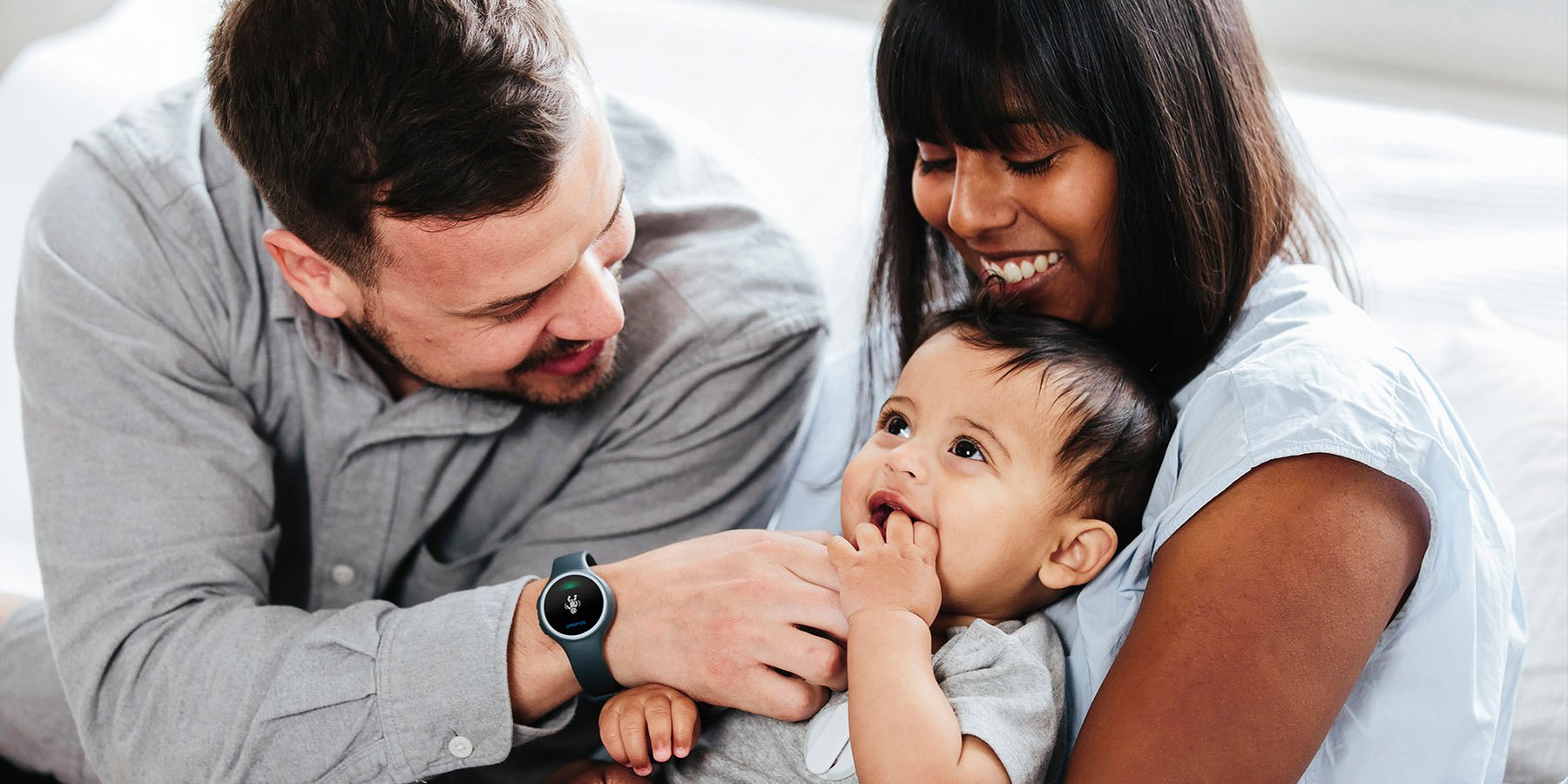
Bluebell is a first-of-its-kind parent and baby smart monitoring system designed by tangerine for the first-time startup.
No two people will perceive the same experience in the same way as each person has a different expectation, appreciation and awareness of what occurred. How an individual perceives an event is down to their state of mind and the situational context. Customer experiences are inherently personal; by engaging customers on both an emotional and physical level a company, such as Bluebell, can create truly memorable experiences that last a lifetime. You simply can’t bottle it.
As designers we ask, how can other elements of your service be optimised to enhance the customer experience? For our clients, we seek a perfect progression of economic value, which means that the more positive and engaging an experience, the more loyal customers are and the more they are willing to spend.

Rapport MRI and operator console for patient comfort, communication and entertainment designed by tangerine.
Euromonitor, the market research analysts, forecasts that global expenditure on the experience economy will reach $8.2 trillion in the next ten years. The successful innovators will be those with the emotional intelligence to develop deep insights into the psyche of consumers and keep one step ahead of them, taking them on a continuous voyage of discovery.
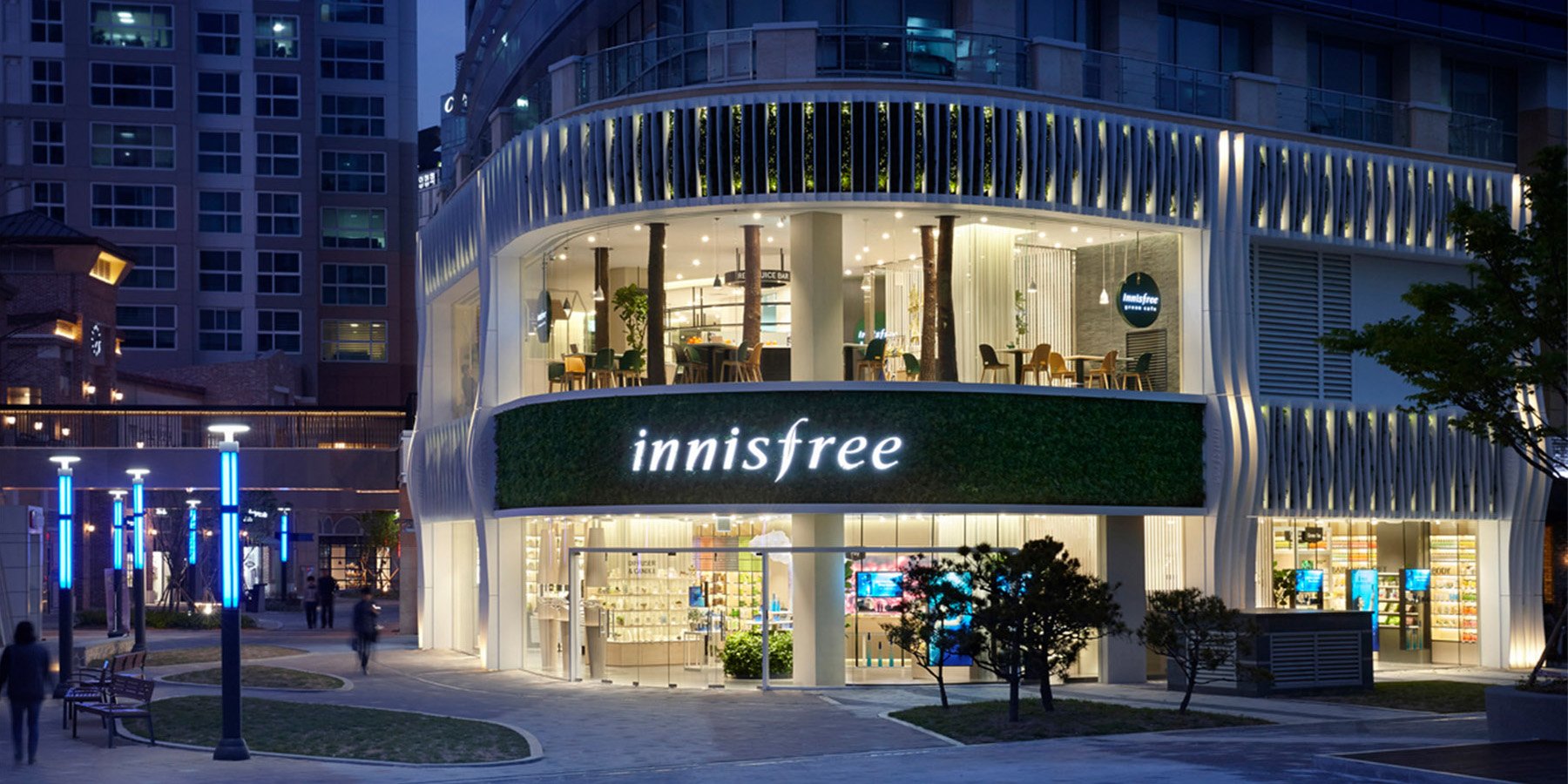
For South Korean beauty company Innisfree, tangerine designed a new flagship store and customer experience that introduced a new means of discovery. Including a ‘green cafe’ with a taster menu, a real tree trunk forest dining area, mechanical diffusers to test fragrances and an interactive cloud installation, all increasing rates of footfall into the store.
*This article was originally featured in the New Design Yearbook 2019.